Jane Eyre
السعر الأصلي هو: EGP 750.00.EGP 350.00السعر الحالي هو: EGP 350.00.
- الوصف
- مراجعات (0)
الوصف
There was no possibility of taking a walk that day. We had been wandering, indeed, in the leafless shrubbery an hour in the morning; but since dinner (Mrs. Reed, when there was no company, dined early) the cold winter wind had brought with it clouds so sombre, and a rain so penetrating, that further outdoor exercise was now out of the question.
I was glad of it: I never liked long walks, especially on chilly afternoons: dreadful to me was the coming home in the raw twilight, with nipped fingers and toes, and a heart saddened by the chidings of Bessie, the nurse, and humbled by the consciousness of my physical inferiority to Eliza, John, and Georgiana Reed.
The said Eliza, John, and Georgiana were now clustered round their mama in the drawing-room: she lay reclined on a sofa by the fireside, and with her darlings about her (for the time neither quarrelling nor crying) looked perfectly happy. Me, she had dispensed from joining the group; saying, “She regretted to be under the necessity of keeping me at a distance; but that until she heard from Bessie, and could discover by her own observation, that I was endeavouring in good earnest to acquire a more sociable and childlike disposition, a more attractive and sprightly manner—something lighter, franker, more natural, as it were—she really must exclude me from privileges intended only for contented, happy, little children.”
“What does Bessie say I have done?” I asked.
“Jane, I don’t like cavillers or questioners; besides, there is something truly forbidding in a child taking up her elders in that manner. Be seated somewhere; and until you can speak pleasantly, remain silent.”
Jane Eyre and other novels of Charlotte Brontë
Charlotte’s first novel, The Professor (published posthumously, 1857), shows her sober reaction from the indulgences of her girlhood. Told in the first person by an English tutor in Brussels, it is based on Charlotte’s experiences there, with a reversal of sexes and roles. The necessity of her genius, reinforced by reading her sister Emily’s Wuthering Heights, modified this restrictive self-discipline, and, though there is plenty of satire and dry, direct phrasing in Jane Eyre, its success was the fiery conviction with which it presented a thinking, feeling woman, craving love but able to renounce it at the call of impassioned self-respect and moral conviction.
The book’s narrator and main character, Jane Eyre, is an orphan and is governess to the ward of Mr. Rochester, the Byronic and enigmatic employer with whom she falls in love. Her love is reciprocated, but on the wedding morning it comes out that Rochester is already married and keeps his mad and depraved wife in the attics of his mansion. Jane leaves him, suffers hardship, and finds work as a village schoolmistress. When Jane learns, however, that Rochester has been maimed and blinded while trying vainly to rescue his wife from the burning house that she herself had set afire, Jane seeks him out and marries him. There are melodramatic naïvetés in the story, and Charlotte’s elevated rhetorical passages do not much appeal to modern taste, but she maintains her hold on the reader. The novel, purporting to be an autobiography, is written in the first person, but, except in Jane Eyre’s impressions of Lowood, the autobiography is not Charlotte’s. Personal experience is fused with suggestions from widely different sources, and the Cinderella theme may well come from Samuel Richardson’s novel Pamela. The action is carefully motivated, and apparently episodic sections, like the return to Gateshead Hall, are seen to be necessary to the full expression of Jane’s character and the working out of the threefold moral theme of love, independence, and forgiveness.
In her novel Shirley. Charlotte avoided melodrama and coincidences and widened her scope. Setting aside Maria Edgeworth and Sir Walter Scott as national novelists, Shirley is the first regional novel in English, full of shrewdly depicted local material—Yorkshire characters, church and chapel, the cloth workers and machine breakers of her father’s early manhood, and a sturdy but rather embittered feminism.
In Villette Charlotte recurred to the Brussels setting and the first-person narrative, disused in Shirley; the characters and incidents are largely variants of the people and life at the Pension Héger. Against that background she set the ardent heart, deprived of its object, contrasted with the woman happily fulfilled in love.
The influence of Charlotte’s novels was much more immediate than that of Wuthering Heights. Charlotte’s combination of romance and satiric realism had been the mode of nearly all the women novelists for a century. Her fruitful innovations were the presentation of a tale through the sensibility of a child or young woman, her lyricism, and the picture of love from a woman’s standpoint.




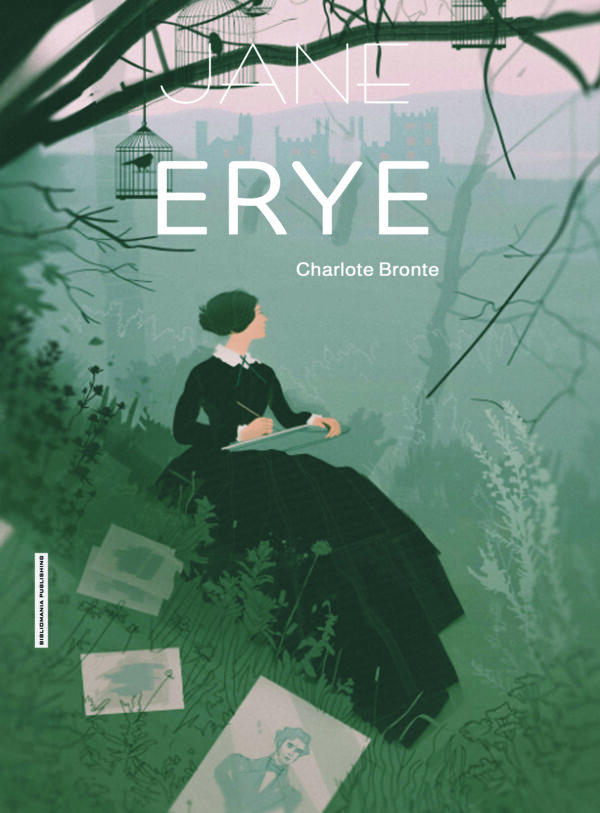
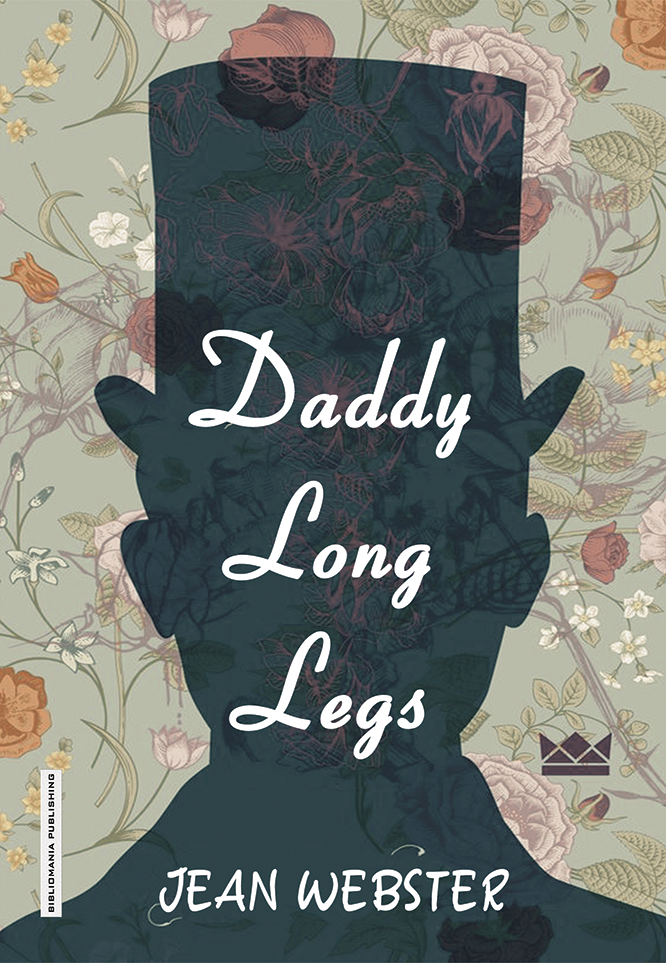



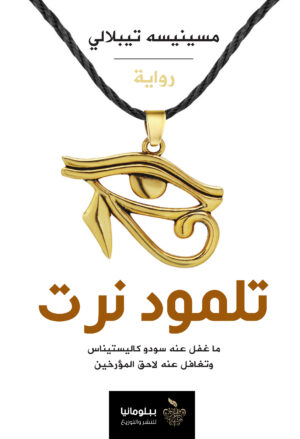


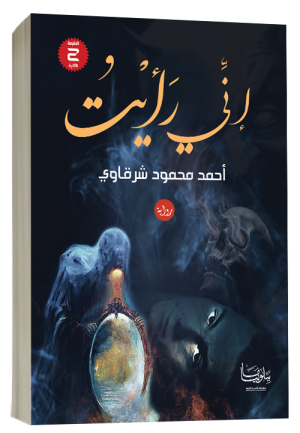


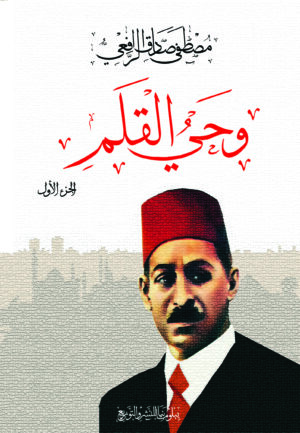

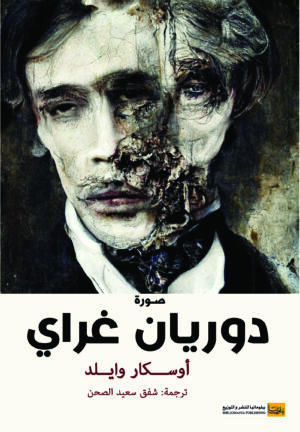
المراجعات
لا توجد مراجعات بعد.